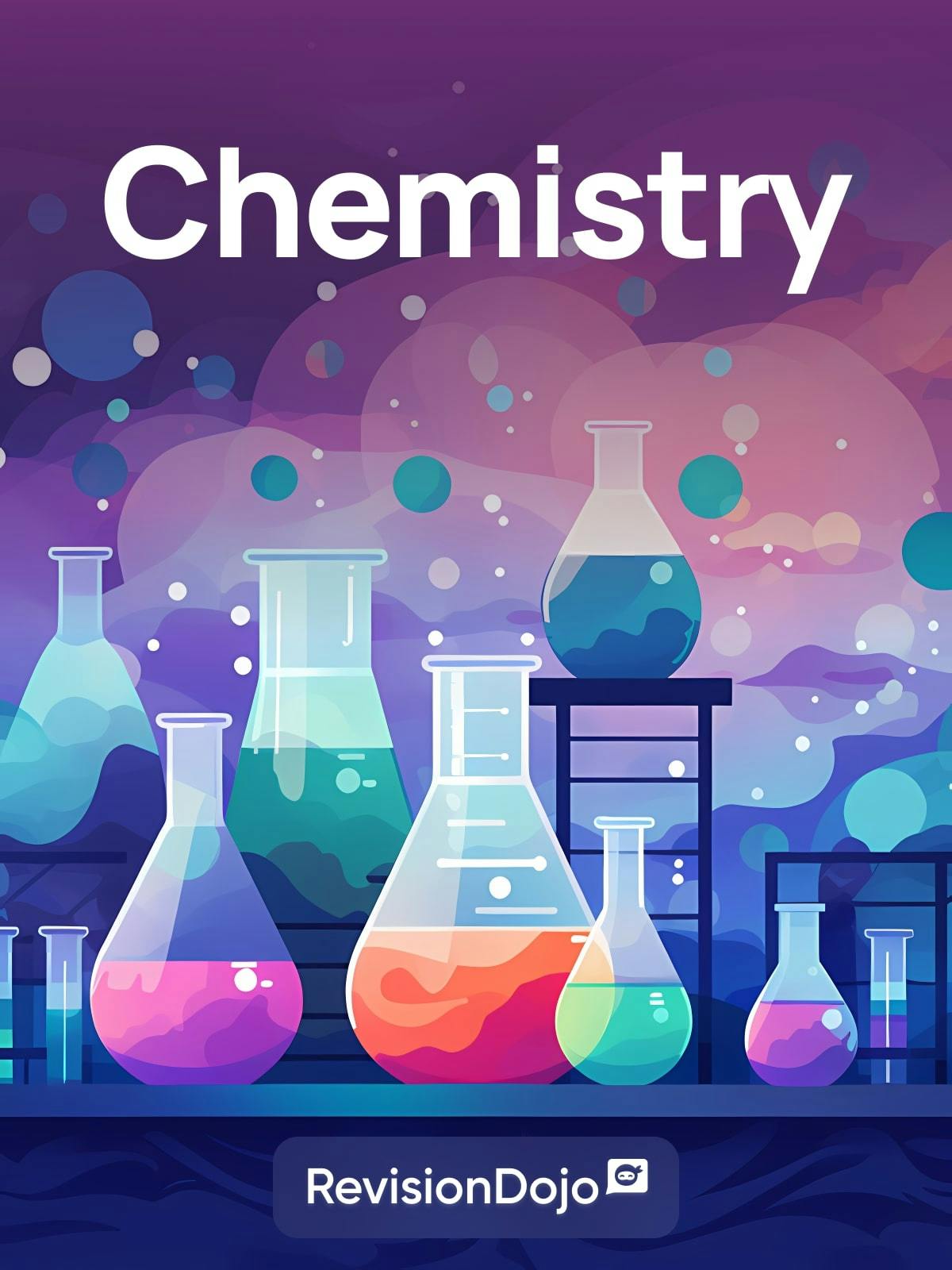
Option B - Biochemistry
Question 1
HLPaper 3Phosphatidylcholine is an example of a phospholipid found in lecithin.
Phosphatidylcholine may be formed from propane-1,2,3-triol, two lauric acid molecules, phosphoric acid and the choline cation.

Deduce the structural formula of phosphatidylcholine.

a(i).
Identify the type of reaction in (a).
a(ii).
Lecithin is a major component of cell membranes. Describe the structure of a cell membrane.
Lecithin aids the body’s absorption of vitamin E.

Suggest why vitamin E is fat-soluble.
Phospholipids are also found in lipoprotein structures.
Describe one effect of increased levels of low-density lipoprotein (LDL) on health.
Question 2
SLPaper 3Stearic acid (_M_r = 284.47) and oleic acid (_M_r = 282.46) have the same number of carbon atoms. The structures of both lipids are shown in section 34 of the data booklet.
The iodine number is the number of grams of iodine which reacts with 100 g of fat. Calculate the iodine number of oleic acid.
State one impact on health of the increase in LDL cholesterol concentration in blood.
Explain why stearic acid has a higher melting point than oleic acid.
State one similarity and one difference in composition between phospholipids and triglycerides.
Similarity:
Difference:
d(i).
Identify a reagent that hydrolyses triglycerides.
d(ii).
Question 3
HLPaper 3Changes in physiology can impact living creatures.
The graph shows the change in oxygen partial pressure in blood, measured at different pH values.

Explain the effect of changing pH on the percentage saturation of hemoglobin at a given partial pressure of oxygen.
Explain the biomagnification of the pesticide DDT.
Vitamins are organic compounds essential in small amounts.
State the name of one functional group common to all three vitamins shown in section 35of the data booklet.
Question 4
SLPaper 3Starch is a natural polymer of glucose.
Draw the structure of the repeating unit of starch and state the type of linkage formed between these units.

Type of linkage:
Formulate the equation for the complete hydrolysis of a starch molecule, (C6H10O5)n.
Calculate the energy released, in kJ g−1, when 3.49 g of starch are completely combusted in a calorimeter, increasing the temperature of 975 g of water from 21.0 °C to 36.0 °C. Use section 1 of the data booklet.
Explain how the inclusion of starch in plastics makes them biodegradable.
Question 5
HLPaper 3Insulin was the first protein to be sequenced. It was determined that the end of one chainhad the primary structure Phe–Val–Asn–Gln.
Question 6
HLPaper 3Amino acids are the building blocks of proteins.
Draw the structures of the main form of glycine in buffer solutions of pH 1.0 and 6.0.
The p_K_a of glycine is 2.34.

Calculate the pH of a buffer system with a concentration of 1.25 × 10−3 mol dm−3carbonic acid and 2.50 × 10−2 mol dm−3 sodium hydrogen carbonate. Use section 1 ofthe data booklet.
p_K_a (carbonic acid) = 6.36
Sketch the wedge and dash (3-D) representations of alanine enantiomers.
UV-Vis spectroscopy can be used to determine the unknown concentration of a substance in a solution.
Calculate the concentration of an unknown sample of pepsin with an absorbance of 0.725 using section 1 of the data booklet.
Cell length = 1.00 cm
Molar absorptivity (extinction coefficient) of the sample = 49650 dm3cm−1mol−1
A different series of pepsin samples is used to develop a calibration curve.

Estimate the concentration of an unknown sample of pepsin with an absorbance of 0.30 from the graph.
Question 7
SLPaper 3Proteins are polymers of amino acids. A paper chromatogram of two amino acids, A1 and A2, is obtained using a non-polar solvent.

© International Baccalaureate Organization 2020.
Determine the Rf value of A1.
a(i).
Proteins are polymers of amino acids.
The mixture is composed of glycine, Gly, and isoleucine, Ile. Their structures can be found in section 33 of the data booklet.
Deduce, referring to relative affinities and Rf, the identity of A1.
a(ii).
Proteins are polymers of amino acids.
Glycine is one of the amino acids in the primary structure of hemoglobin.
State the type of bonding responsible for the α-helix in the secondary structure.
Proteins are polymers of amino acids.
Describe how the tertiary structure differs from the quaternary structure in hemoglobin.
Question 8
HLPaper 3Ascorbic acid and retinol are two important vitamins.
Explain why ascorbic acid is soluble in water and retinol is not. Use section 35 of the data booklet.
Question 9
SLPaper 3Lipids play several roles in our bodies.
A phospholipid generally consists of two hydrophobic fatty acids and a hydrophilic group.

Fatty acids are products of the acidic hydrolysis of phospholipids. Deduce the namesof the other two products.
The iodine number is the maximum mass of iodine that reacts with 100 g of anunsaturated compound.
Determine the iodine number of stearidonic acid, C17H27COOH.
State two functions of lipids in the body.
Outline one effect of increased levels of low-density lipoproteins in the blood.
Question 10
HLPaper 3Aspartame is a derivative of a dipeptide formed between two amino acids, phenylalanine (Phe) and aspartic acid (Asp).
Draw a circle around the functional group formed between the amino acids and state its name.

Name:
A mixture of phenylalanine and aspartic acid is separated by gel electrophoresis with a buffer of pH = 5.5.
Deduce their relative positions after electrophoresis, annotating them on the diagram. Use section 33 of the data booklet.

Aspartic acid is obtained synthetically as a racemic mixture. Draw the three‑dimensional shape of each isomer showing their spatial relationship to each other. Use section 33 of the data booklet.
